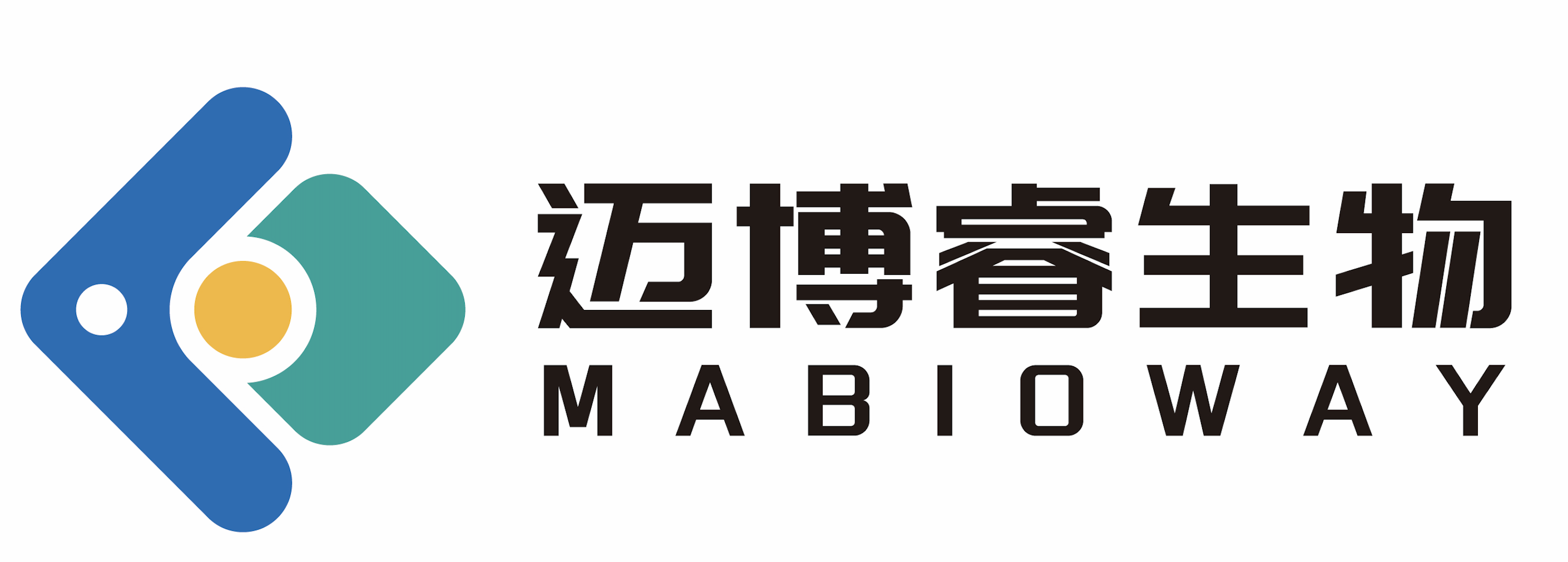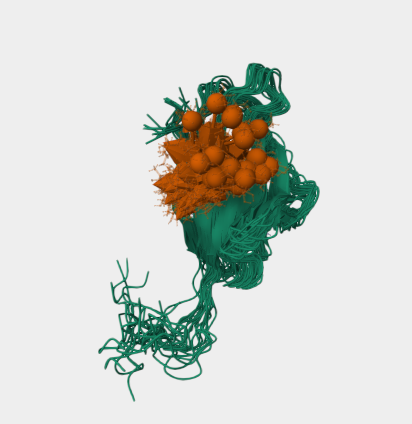Key features and details | |
Cat. No. | MABL-1294 |
Name | Anti-CTLA4 mAbs |
Clone No. | AFD-H11 |
From | Recombinant Antibody |
Isotype | Engineer antibody |
Application | functional assays, FC, IF |
Species Reactivity | Mouse |
Basic Information | |
Specificity | This antibody is specific for murine CTLA4 (cytotoxic T-Lymphocyte antigen 4), which is a CD28-family receptor expressed on mainly CD4+ T cells. CTLA4 binds the same ligands as CD28 (CD80 and CD86 on B cells and dendritic cells), but with higher affinity. However, in contrast to CD28 which enhances cell function when bound at the same time as the T cell receptor, CTLA4 inhbits the T cell and prevents it from functioning. Intracellular CTLA4 is also found in regulatory T cells and may be important to their function. |
Alternative Name | CD152; CD152 antigen; CTLA-4; Cytotoxic T-lymphocyte protein 4; Cytotoxic T-lymphocyte-associated antigen 4 |
UniProt | P09793 |
Immunogen | This VHH antibody was generated by immunising an alpaca with recombinant mouse CTLA-4 extracellular domain (ECD) fused to an Fc domain, and construction of a phage display library from the immunized animal. Panning of the library against recombinant mCTLA-4 ECD-Fc identified a clone termed H11, which bound CTLA-4 with high affinity. |
Application Notes | H11 is an alpaca heavy chain-only antibody fragment against CTLA-4 that lacks an Fc portion and inhibits interactions between CTLA-4 and its ligand. In the original publication, this antibody was used in FACS and in vivo functional assays to demonstrate that anti–CTLA-4 therapy requires an Fc domain for efficacy (Ingram et al., 2018). By using H11 to visualize CTLA-4 expression in the whole animal, it was found that accessible CTLA-4 was largely confined to the tumor (Ingram et al., 2018). In vivo experiments showed that, while H11 treatment had minimal effects on antitumor responses, installing the murine IgG2a constant region on H11 greatly enhanced antitumor response (Ingram et al., 2018). |
Antibody First Published | Ingram et al. Anti–CTLA-4 therapy requires an Fc domain for efficacy Proc Natl Acad Sci U S A. 2018 Apr 10;115(15):3912-3917. PMID:29581255 |
Note on publication | Describes the original generation of this VHH antibody and its subsequent use in FACS and in vivo functional assays to demonstrate that anti–CTLA-4 therapy requires an Fc domain for efficacy. |
COA Information (For reference only, actual COA shall prevail) | |
Size | 100 μg Purified antibody. |
Concentration | 1 mg/ml. |
Purification | Protein A affinity purified |
Buffer | PBS with 0.02% Proclin 300. |
Concentration | 1 mg/ml. |
Storage Recommendation | Store at 4⁰C for up to 3 months. For longer storage, aliquot and store at - 20⁰C. |



